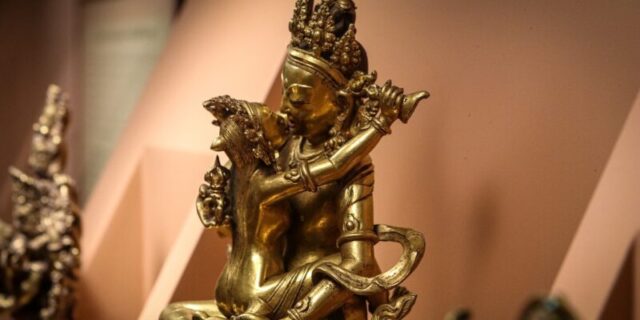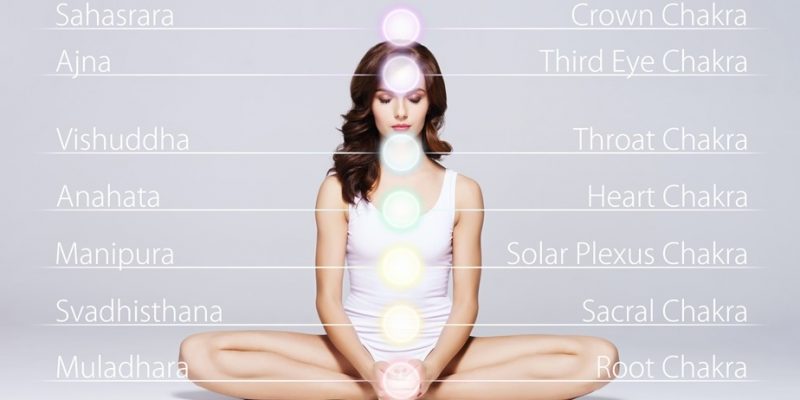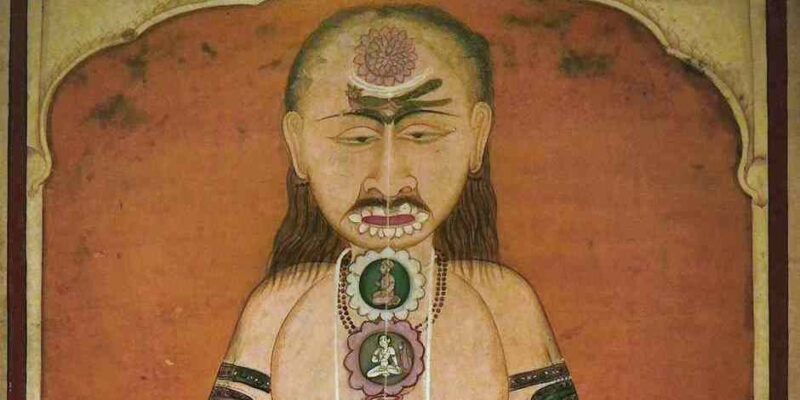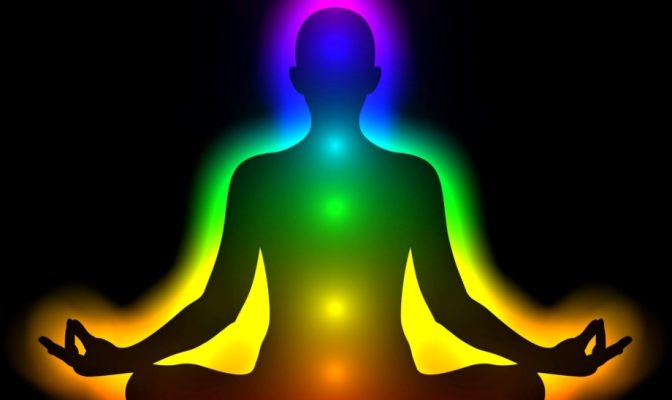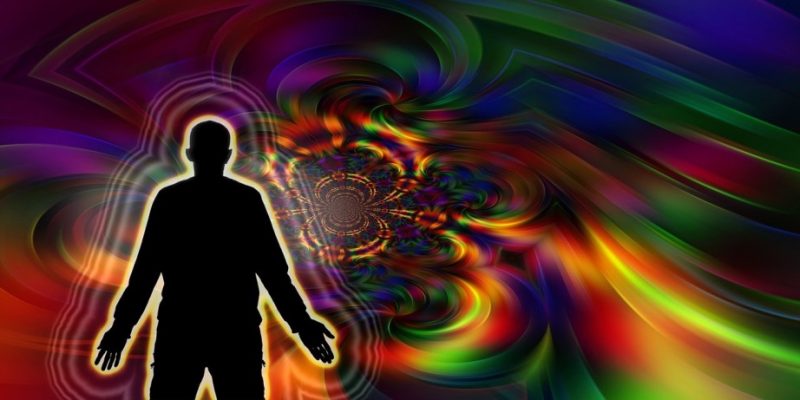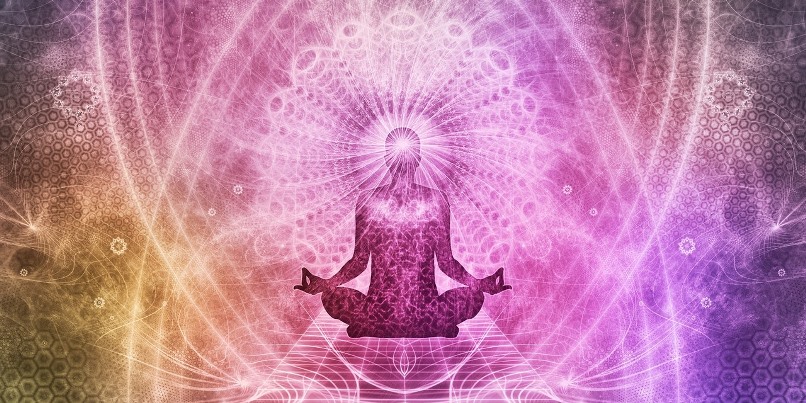
Kundalini Yoga gets its name from Kundalini, which in Indian Hinduism and spirituality is believed to be Divine Energy located dormant at the base of the spine in the Muladhara Chakra. Muladhara is the root Chakra and one of the seven primary Chakras according to Hindu Tantrism.
The practice of Kundalini Yoga aims at awakening this Kundalini Energy through the practice of Mantras, Chanting, Pujas, Tantras, Yantras, Yoga Asanas, Devotion, Self-Discipline, Self-Study, Bandhas, Pranayama Breathwork, Tantric visualizations, and meditation, or directly through mediation and initiation by a Guru (spiritual teacher).
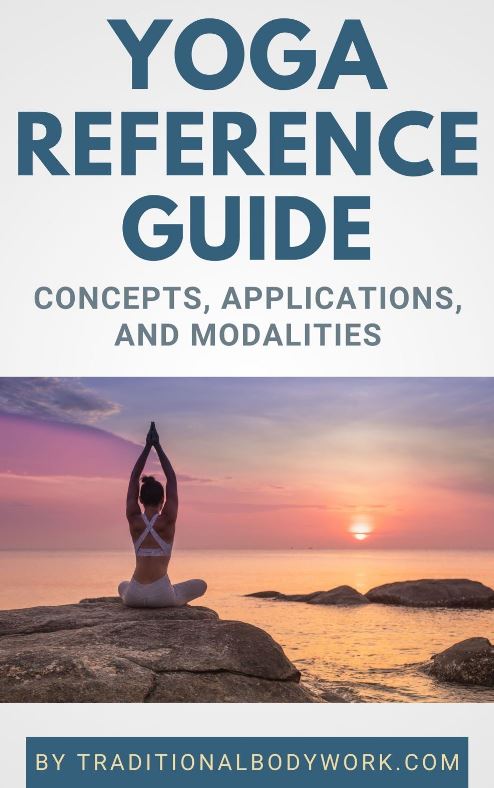
It’s believed that by awakening this dormant Kundalini Energy, it will be channeled upwards through the other Chakras, along the spine and Sushumna Nadi, up to the Crown Chakra (Sahasrara Chakra) resulting in a process of creative and spiritual perfection, Divine Union, Enlightenment and Bliss.
Today, that what’s known as Kundalini Yoga are rather modern practices and interpretations, which have gained traction in the West between the 1960s and 1980s.
These renewed Kundalini Yogic practices are primarily based on the works of Swami Nigamananda Paramahansa (1880 – 1935), Swami Sivananda (1887 – 1963), and Yogi Bhajan (Harbhajan Singh Khalsa | 1929 – 2004) and are a synthesis of Bhakti Yoga (devotion and chanting), Raja Yoga (physical practices and meditation), and Shakti Yoga (the expression of feminine power and energy).







